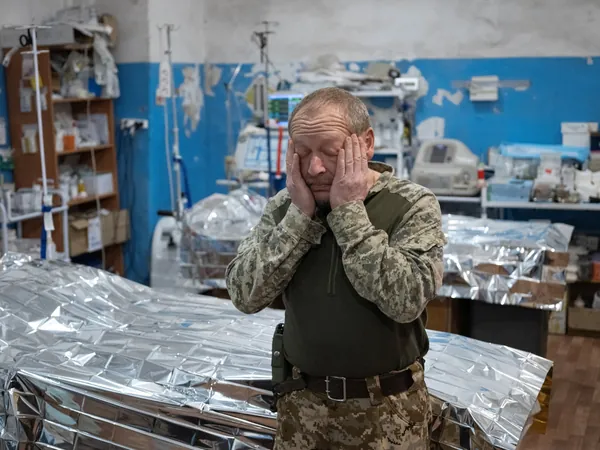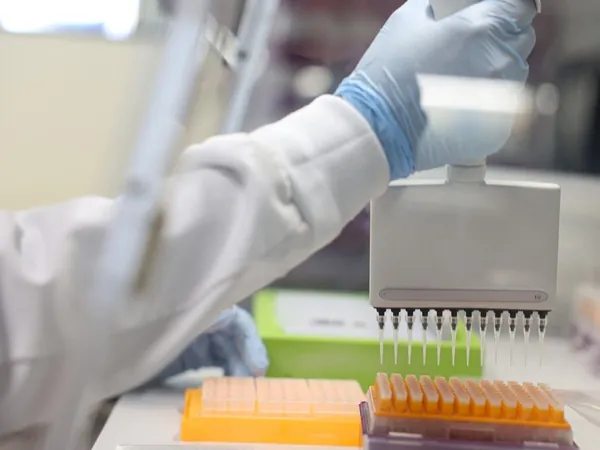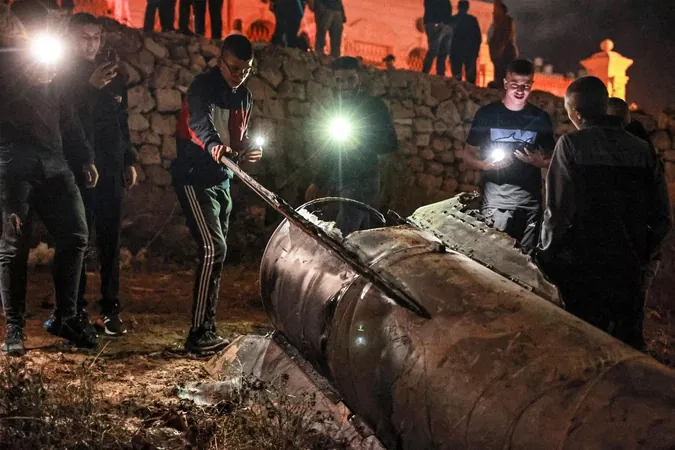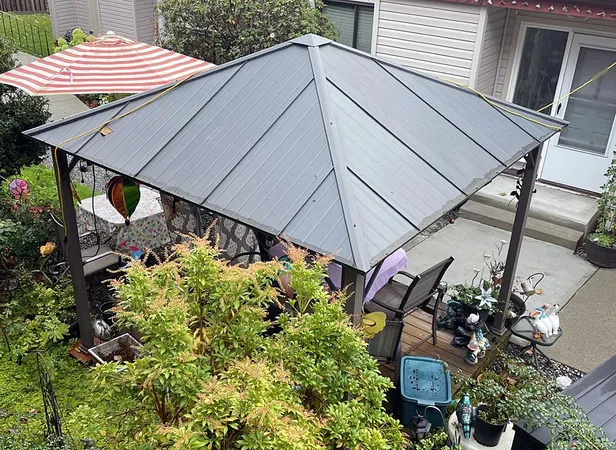
Russia's Capture of Vuhledar: A Tactical Advantage Amidst Ukraine's Growing Defense Capabilities
2024-10-04
Introduction
In a significant development this week, Russia has captured the strategic town of Vuhledar, located on the vital Donetsk-Zaporizhia border, after an intense 18-month battle. This town, perched on elevated terrain and adjacent to a crucial railway line that supplies Russian forces from Crimea, now gives Russia a dominant position to maintain its supply routes while hindering Ukrainian forces from disrupting them.
Strategic Implications of the Capture
The seizure of Vuhledar also grants Russia control over the important H-15 highway, potentially setting the stage for operations aimed at dismantling the extensive Ukrainian hold in western Donetsk Oblast. According to the Institute for the Study of War, a prominent Washington-based think tank, while this capture may not drastically shift the operational landscape, it strengthens Russia's strategic foothold in the region.
Ukrainian Response and Previous Gains
Ukrainian forces had previously pushed back against Russian positions in a crescent-shaped area by up to 7.5 km during a counteroffensive last year. However, with the fall of Vuhledar, these gains are now under threat. In response, Ukrainian Commander-in-Chief Oleksandr Syrskii has ordered a bolstering of defenses in Donetsk to counteract this setback.
Complexities of the Eastern Front
Despite Russia's recent territorial gains, the situation on the eastern front remains complex. Russian forces have struggled for substantial advances this year, with significant losses reported. Following the capture of Avdiivka earlier this year, their push towards Pokrovsk was reportedly halted after Ukraine mounted a counter-invasion in Kursk last August.
Challenges Faced by Russia
Further complicating matters for the Russian military, reports indicate a concerning shortage of personnel and equipment, slowing their offensive capabilities. Notably, Ukrainian forces have continued to fend off Russian attacks, showing resilience despite the disparity in firepower. In recent military engagements, Ukraine reported that over 9,000 Russian troops were either killed or wounded in a single week, alongside the destruction of significant military hardware, including 101 tanks.
Ukraine's Improvements in Defense
On the defensive front, Ukraine is actively addressing its firepower deficit. Ukrainian Deputy Defense Minister Ivan Havryliuk announced that the ratio of artillery ammunition usage has seen a marked improvement, dropping from 1:8 to a more favorable 1:3 over the past year. This shift aligns with statements from Ukrainian leadership, emphasizing that Russia's artillery barrage is becoming less overwhelming.
Enhancements in Ukrainian Military Production
The fight is also supported by increasing Ukrainian military production capabilities. In 2023, Ukraine commenced domestic production of 155mm shells, and according to officials, its defense industry is set to outpace others globally in artillery production. This domestic push comes on the heels of renewed military aid from allies, including substantial contributions from the United States and a defense cooperation agreement with Denmark.
Technological Advancements in Warfare
Moreover, Ukraine's prowess in drone technology is enhancing its battlefield effectiveness, with plans to produce two million drones this year, far surpassing Russia's estimates. This advancement not only compensates for artillery shortages but also enables precision strikes against Russian logistics and ammunition depots, further undermining Russia's operational capabilities.
Russia's Defense Sector Commitment
Amidst these developments, it is essential to note Russia's unwavering commitment to its defense sector, reflected in a significant budget allocation next year, aimed at bolstering military capabilities. However, despite the vast resources being directed toward the war, many observers question whether these investments are yielding tangible results on the battlefield.
Conclusion
As the conflict continues to evolve, the balance of power remains fiercely contested, with both sides adapting to the changing dynamics of warfare in Ukraine. The coming months will be critical in defining the future trajectory of this prolonged conflict.









 Brasil (PT)
Brasil (PT)
 Canada (EN)
Canada (EN)
 Chile (ES)
Chile (ES)
 España (ES)
España (ES)
 France (FR)
France (FR)
 Hong Kong (EN)
Hong Kong (EN)
 Italia (IT)
Italia (IT)
 日本 (JA)
日本 (JA)
 Magyarország (HU)
Magyarország (HU)
 Norge (NO)
Norge (NO)
 Polska (PL)
Polska (PL)
 Schweiz (DE)
Schweiz (DE)
 Singapore (EN)
Singapore (EN)
 Sverige (SV)
Sverige (SV)
 Suomi (FI)
Suomi (FI)
 Türkiye (TR)
Türkiye (TR)